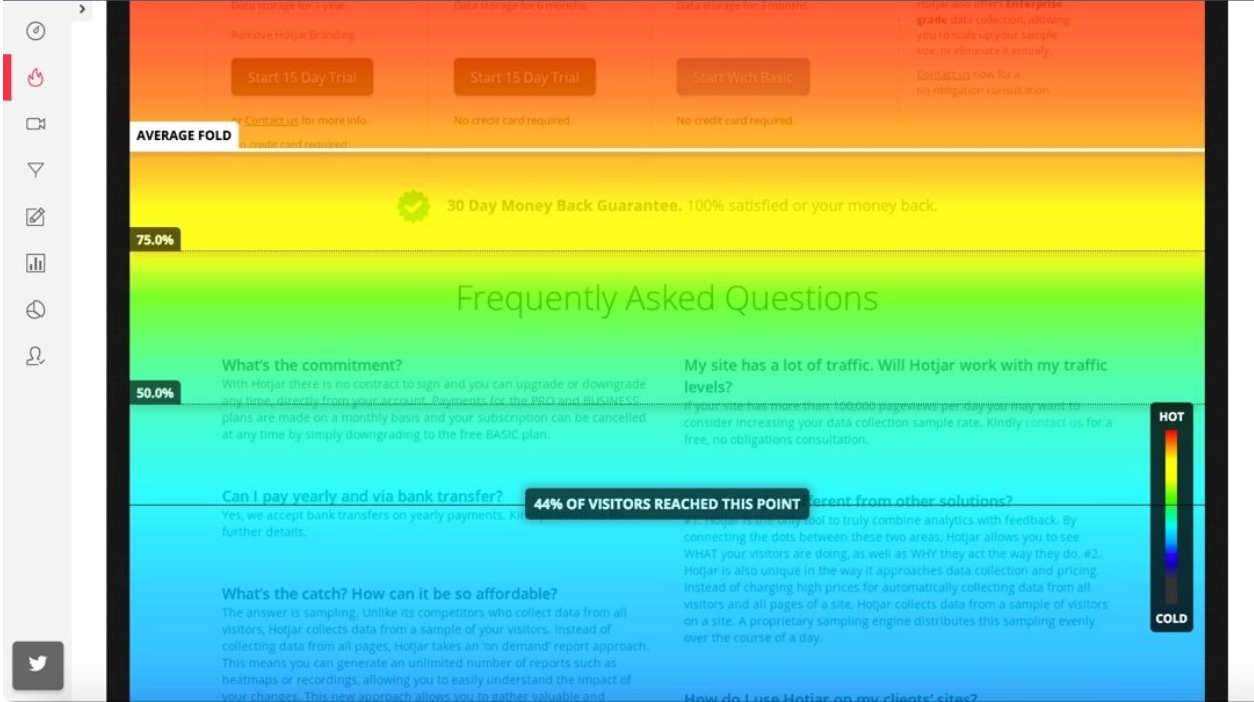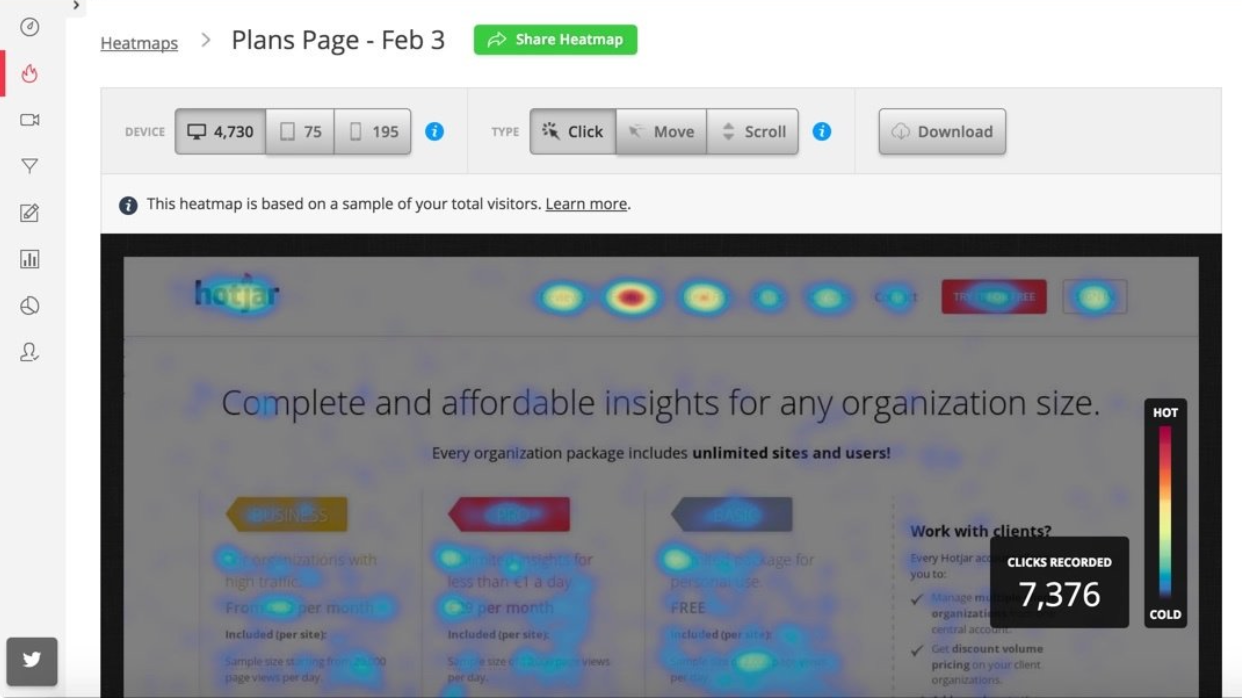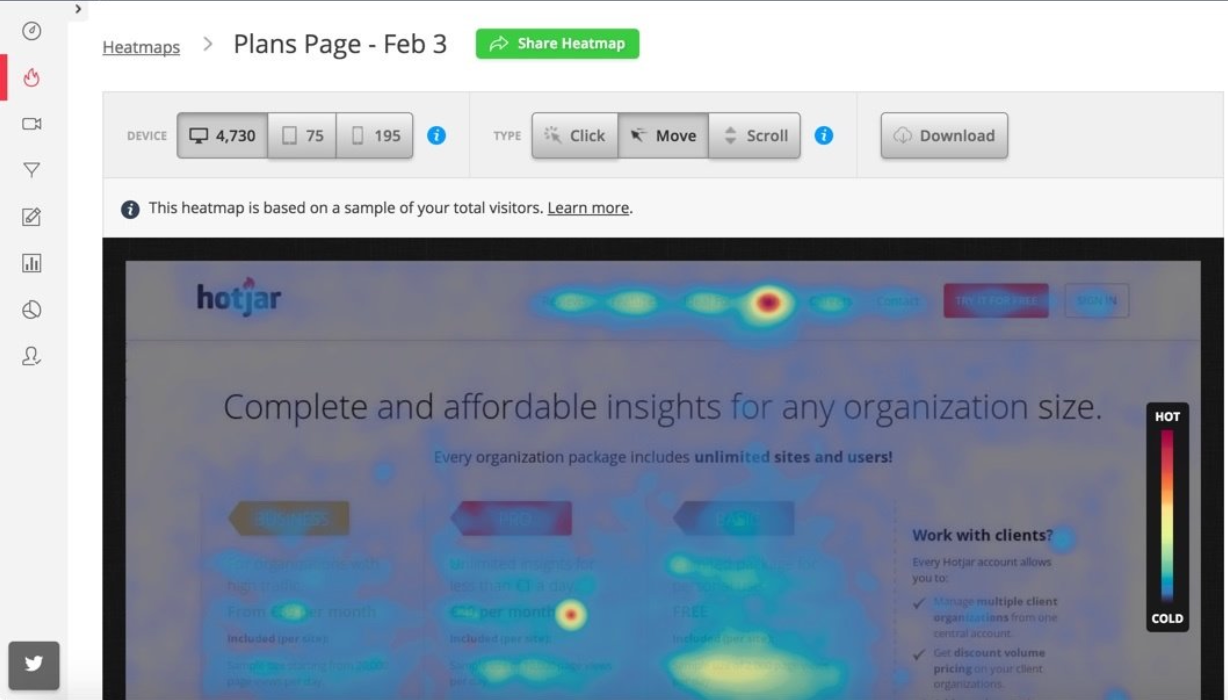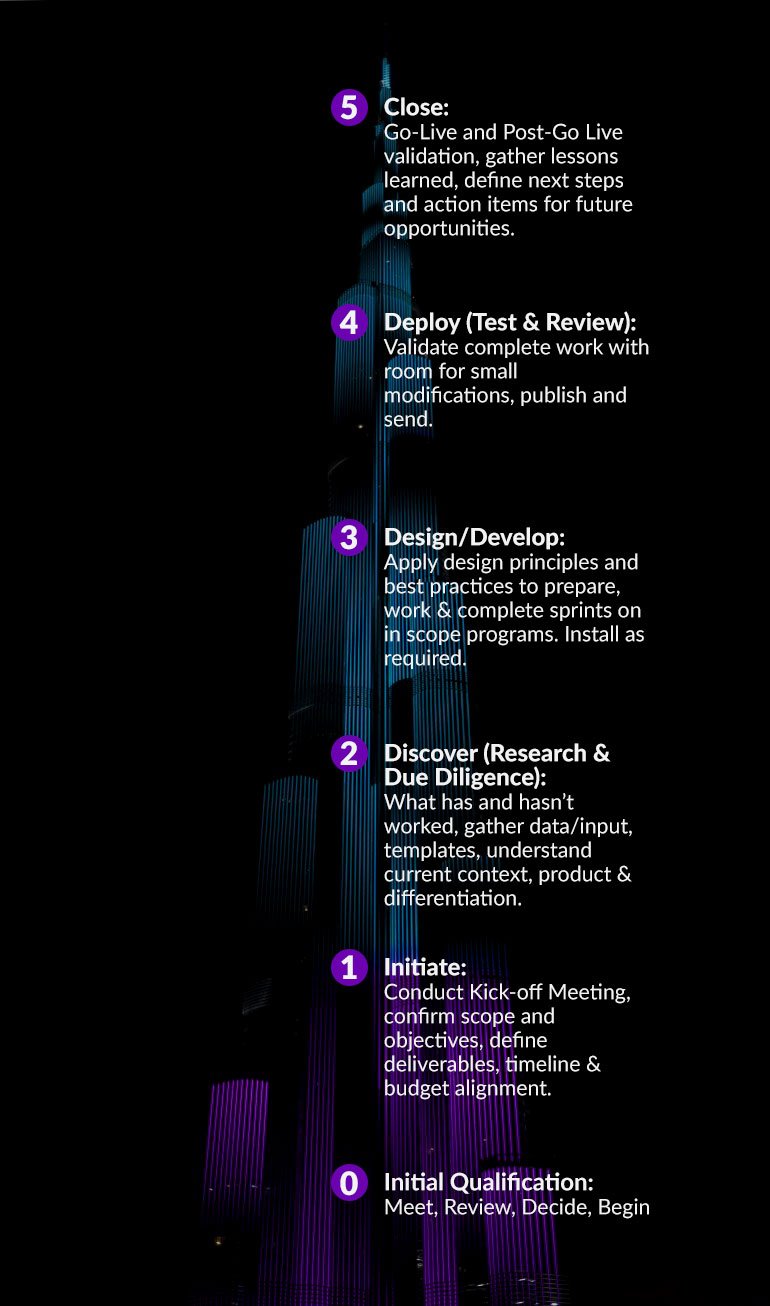Unique Mix of Experience, Certifications & Creativity
Our Implementation Methodology
To ensure quality and consistency on every project, we’ve made sure you can relay on industry-grade best practices such as PMI-led principles and design-based frameworks with repetitive elements (such as Milestones, Tasks and Sub-Tasks) that make our implementations work every time and faster than our competition.
A result of cohesiveness, integration and progress is evidenced on every layer of work for our implementation methodology: Initiate, Discover, Design/ Develop, Deploy & Close (ID3C). Read more on the image at your right.







